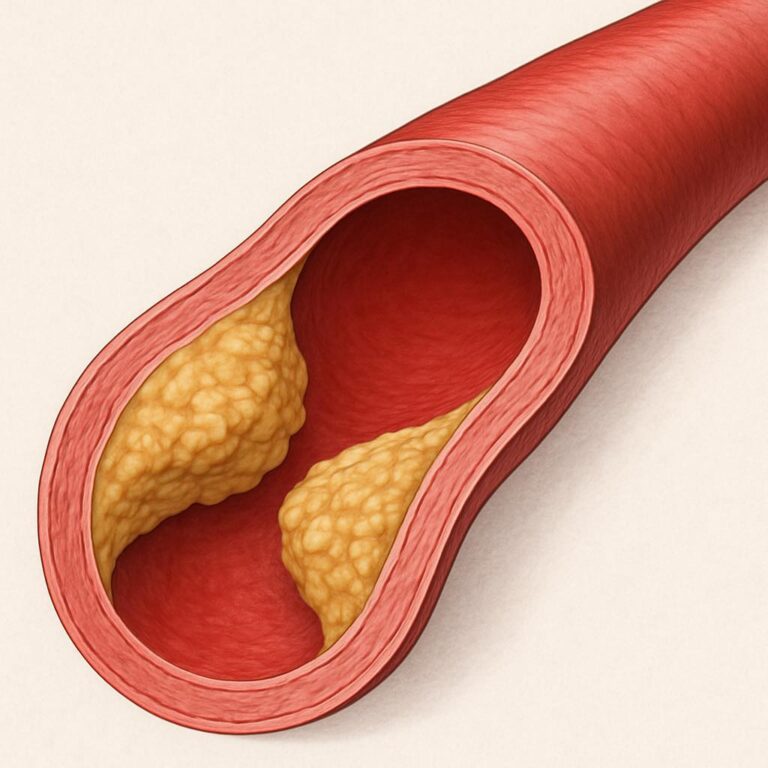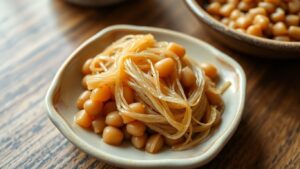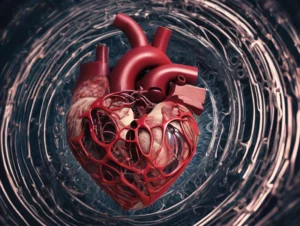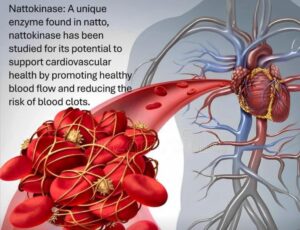The short answer: Yes—evidence shows it’s possible. Even a 1% reduction in plaque volume has been linked to a 20% lower risk of cardiovascular events.
What the research tells us: There’s more than one way to shrink plaque, as long as the root mechanisms (like LDL, inflammation, oxidative stress, etc.) are addressed.
Exercise – CENIT trial (2022)
Supervised high-intensity interval training (HIIT) led to a −1.2% annual reduction in plaque volume (PAV). Control group? No change.
Ezetimibe – PRECISE-IVUS trial (2015)
This non-statin LDL-lowering drug resulted in a −1.4% PAV reduction, with 78% of patients showing regression.
Combination therapy – ZEUS trial (2014)
In diabetic ACS patients:Statins alone: 5.1% plaque reduction
Statins + ezetimibe: 13.9% reduction
Key takeaway: Lower LDL = more regression.
High-dose EPA – EVAPORATE trial (2020)
EPA (icosapent ethyl, 4g/day) didn’t shrink plaque volume much, but changed its type—reducing vulnerable plaque by 17%. This highlights the power of reducing inflammation and oxidative stress, through supplements or even intensive dietary changes.
PCSK9 inhibitors – GLAGOV trial (2016)
Evolocumab dropped PAV by −0.63% per year. Different drug, same outcome: lower LDL = less plaque.
Statins – SATURN trial (2011)
Rosuvastatin reduced plaque by −0.42% to −0.50% per year. More statin = lower LDL = more regression.
Statins – ASTEROID trial (2006)
High-dose rosuvastatin (40mg) showed a −0.49% per year reduction in plaque volume.
Nattokinase
In a study of 1,062 participants, daily supplementation (10,800 FU/day for 12 months) significantly reduced carotid plaque size.
Caution: No control group, so results are interesting but not conclusive. Still, nattokinase is considered safe when used properly.
Colchicine – EKSTROM trial
An anti-inflammatory added to statin therapy, colchicine led to a −1.1% reduction in PAV in 1 year, even without lowering LDL. This highlights the role of inflammation in plaque buildup.Lifestyle medicine – Ornish Lifestyle Heart trial
A randomized controlled trial with major lifestyle changes:
Very low-fat, whole-food vegetarian diet
Aerobic exercise
Group support, stress management, and smoking cessation
Results:1.75% reduction in blockage after 1 year
3.1% after 5 years
Meanwhile, the control group got worse.
Bottom line
Don’t assume. Test, don’t guess. Whether through exercise, medication, supplements, or lifestyle changes—plaque can shrink, but you need to monitor and adjust.











